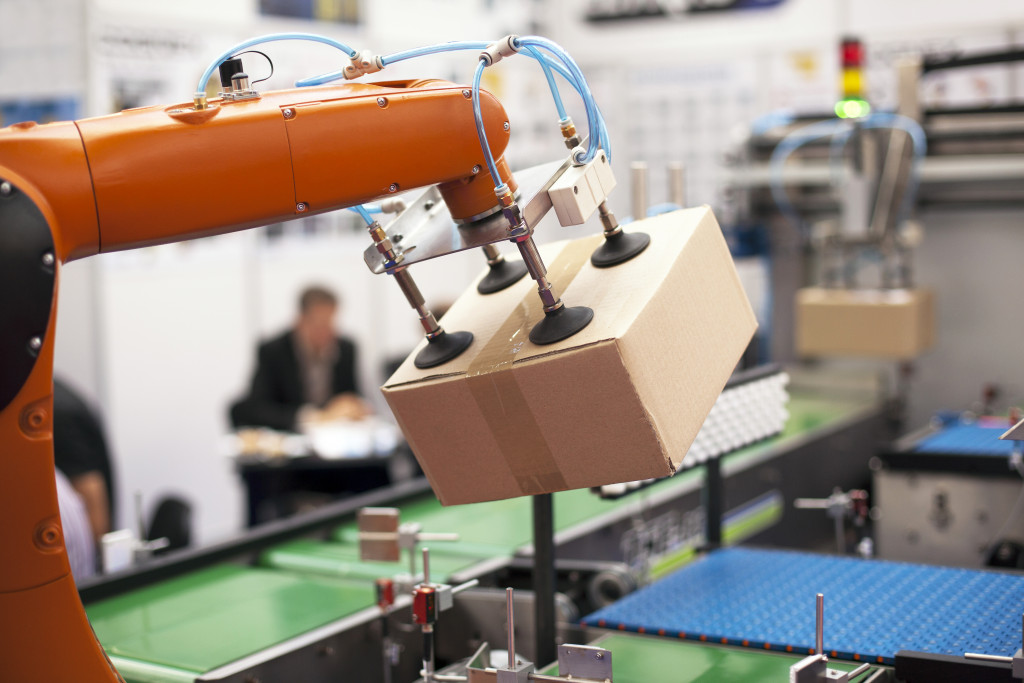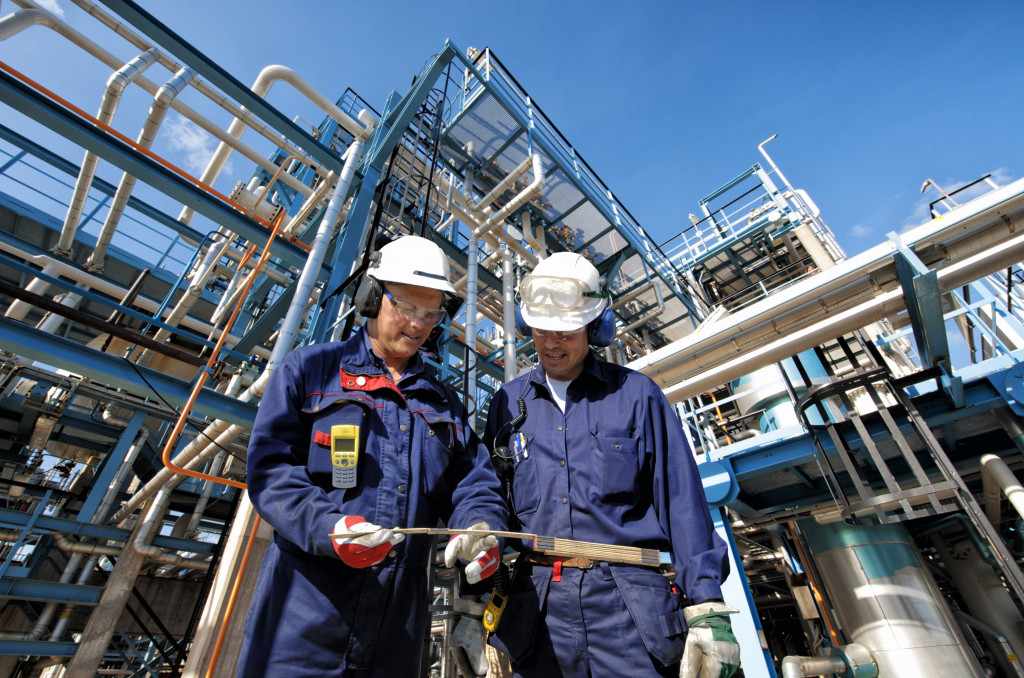The industrial sector covers a broad range of businesses, from Agriculture to Manufacturing to Mining. And within these businesses are different technologies that keep everything running smoothly. In this blog post, we will discuss six of the most common types of industrial technologies.
Sensors
Sensors are used extensively in the industrial sector for various purposes, such as monitoring equipment, measuring environmental conditions, and tracking production. Many types of sensors are available, each with its specific function.
Some common examples of sensors used in the industrial sector include:
Temperature sensors
These sensors are used to measure the temperature of a process or environment. They are commonly used in food and beverage processing, as well as in manufacturing and mining.
Pressure sensors
These sensors are used to measure the pressure of a process or environment. They are commonly used in manufacturing, mining, and oil and gas production.
Flow sensors
These sensors are used to measure the flow rate of a liquid or gas. They are commonly used in water treatment and distribution, as well as in manufacturing and oil and gas production.
Level sensors
These sensors are used to measure the level of a liquid or solid. They are commonly used in storage tanks, as well as in manufacturing and mining.
Image sensors
These sensors are used to capture images of a process or environment. They are commonly used in security and surveillance, as well as in manufacturing and mining.
Motion sensors
These sensors are used to detect the movement of an object or person. They are commonly used in security and surveillance, as well as in manufacturing and mining.
Many businesses, such as sensorsincorporated.com, provide industrial sensors for businesses across various domains. Industrial businesses can use the sensors to monitor their equipment, processes, and environments based on their needs and requirements.
Industrial robots
Industrial robots are used extensively in manufacturing and other industrial applications. They are different from consumer robots in that they are designed for heavy-duty tasks, such as welding, fabricating, and assembling.
Articulated robots
These robots have a series of joints that allow them to move in multiple directions. They are commonly used in welding and fabricating.
Cartesian robots
These robots have three linear axes that allow them to move in a rectangular coordinate system. They are commonly used in welding and fabricating.
Cylindrical robots
These robots have two rotational axes and one linear axis. They are commonly used in welding and fabricating.
SCARA robots
These robots have two parallel rotational axes that allow them to move in a horizontal plane. They are commonly used in assembly and packaging.

3D Printing
3D printing is a type of additive manufacturing that can create three-dimensional objects from a digital file. 3D printing is often used for prototyping or creating small batch production runs. Some industries that use 3D printing include automotive, aerospace, and medical. There are different types of 3D printing technologies, each with its own advantages and disadvantages.
Fused Deposition Modeling (FDM)
FDM is the most common type of 3D printing technology. It works by extruding molten plastic through a nozzle to create an object layer by layer. FDM is a relatively slow process, but it is very versatile and can be used to create objects of almost any shape.
Stereolithography (SLA)
SLA is a type of 3D printing that uses an ultraviolet (UV) laser to cure photopolymer resin into solid plastic. SLA is an exact process, but it is also prolonged.
Selective Laser Sintering (SLS)
This type of 3D printing uses a laser to fuse small plastic, metal, or ceramic particles. SLS is often used for prototyping or creating small-batch production runs.
Stereolithography (SLA)
This type of 3D printing uses an ultraviolet (UV) laser to cure photopolymer resin into solid plastic. SLA is an exact process, but it is also prolonged.
Artificial Intelligence
Artificial intelligence (AI) is a computer technology that mimics human intelligence. AI can be used for image recognition or natural language processing tasks. AI is becoming increasingly prevalent in the industrial sector as companies look for ways to automate tasks and increase efficiency.
Some use cases for AI in the industry include:
Predictive maintenance
AI can be used to monitor industrial equipment for signs of failure. This allows companies to repair or replace equipment before it breaks down, preventing downtime and expensive repairs.
Process optimization
AI can be used to optimize industrial processes such as manufacturing or logistics. This can help companies save time and resources.
Quality control
AI can be used to inspect products for defects. This helps companies ensure that they are producing high-quality products.
These are just a few ways that AI is being used in industry. As technology continues to develop, there will likely be even more applications for AI in the future.
Many technologies are used in the industrial sector, ranging from sensors to robots to artificial intelligence. These technologies can help companies increase efficiency, reduce costs, and improve safety protocols. As the industrial sector continues to evolve, we expect to see more new and innovative technologies being widely developed and adopted.

